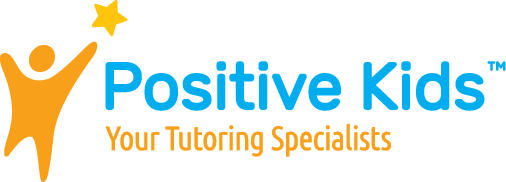PLP’s are tailored educational documented plans carefully designed to match the unique characteristics of every student, taking into account their learning preferences, requirements, strengths, and challenges. The fundamental principle centers on acknowledging and embracing the individuality of each learner, creating an environment that supports their academic success.
The adaptive nature of PLPs and ILPs allows for flexibility, ensuring that students can progress through the curriculum at a pace that suits their individual capabilities. Additionally, these plans are designed to identify areas where additional support is needed, whether it be in specific subjects, particular skill sets, or addressing any learning obstacles a student may be facing.


Personalized learning plans vary in structure and content but generally include the following components:
- Student Profile: Detailed information about the student, including their learning style, strengths, challenges, and preferences.
- Learning Objectives: Clearly defined goals and objectives tailored to the student’s academic needs and aspirations.
- Curriculum Modifications: Adjustments to the standard curriculum to meet the student’s pace of learning and address specific areas requiring attention.
- Instructional Strategies: Customized teaching methods and approaches that align with the student’s learning style, ensuring effective comprehension and retention.
- Assessment and Evaluation: Individualized methods for evaluating the student’s progress, often incorporating alternative assessment tools or formats.
- Support Services: Identification of support services or resources, such as additional tutoring, counseling, or technology tools, to aid the student in their academic journey.
- Timeline and Milestones: A timeline outlining the expected milestones and achievements over a specified period, helping track the student’s progress.
- Parent/Teacher Collaboration: Strategies for effective communication and collaboration between parents, teachers, and other support personnel to ensure a holistic approach to the student’s education.
- Flexibility and Adaptability: Recognition that the plan may need adjustments based on the student’s evolving needs, ensuring ongoing relevance and effectiveness.
- Reflection and Feedback: Mechanisms for regular reflection on the plan’s effectiveness and feedback from both the student and educators, fostering continuous improvement.



